-
Roadmap to Zero by ZDHC

This is a website for the Roadmap to Zero Programme, which is a global multi-stakeholder initiative of more than 160 contributors within the fashion and footwear industry. Its goal is to protect the planet by reducing the industry’s chemical footprint. Their solutions and guidelines transform how chemicals are used. Their community spreads knowledge and ideas […]
-
Academy by ZDHC

This is a training platform for sustainable chemical management & ZDHC (Zero Discharge of Hazardous Chemicals) tools for the textile, apparel, footwear, leather industry. ZDHC is a group of apparel and footwear brands and retailers working together to lead the industry towards zero discharge of hazardous chemicals. SOURCE: ZDHC
-
Wastewater Treatment System Components and Devices
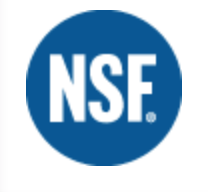
This is a page on NSF’s website that describes and provides a link to search for NSF Certified Wastewater Treatment Units. NSF is an accredited third-party certification provides all stakeholders – industry, regulators, users, and the general public – assurance that a certified product, material, component, or service complies with the technical requirements of the […]
-
Sustainable Wet Processing—An Alternative Source for Detoxifying Supply Chain in Textiles
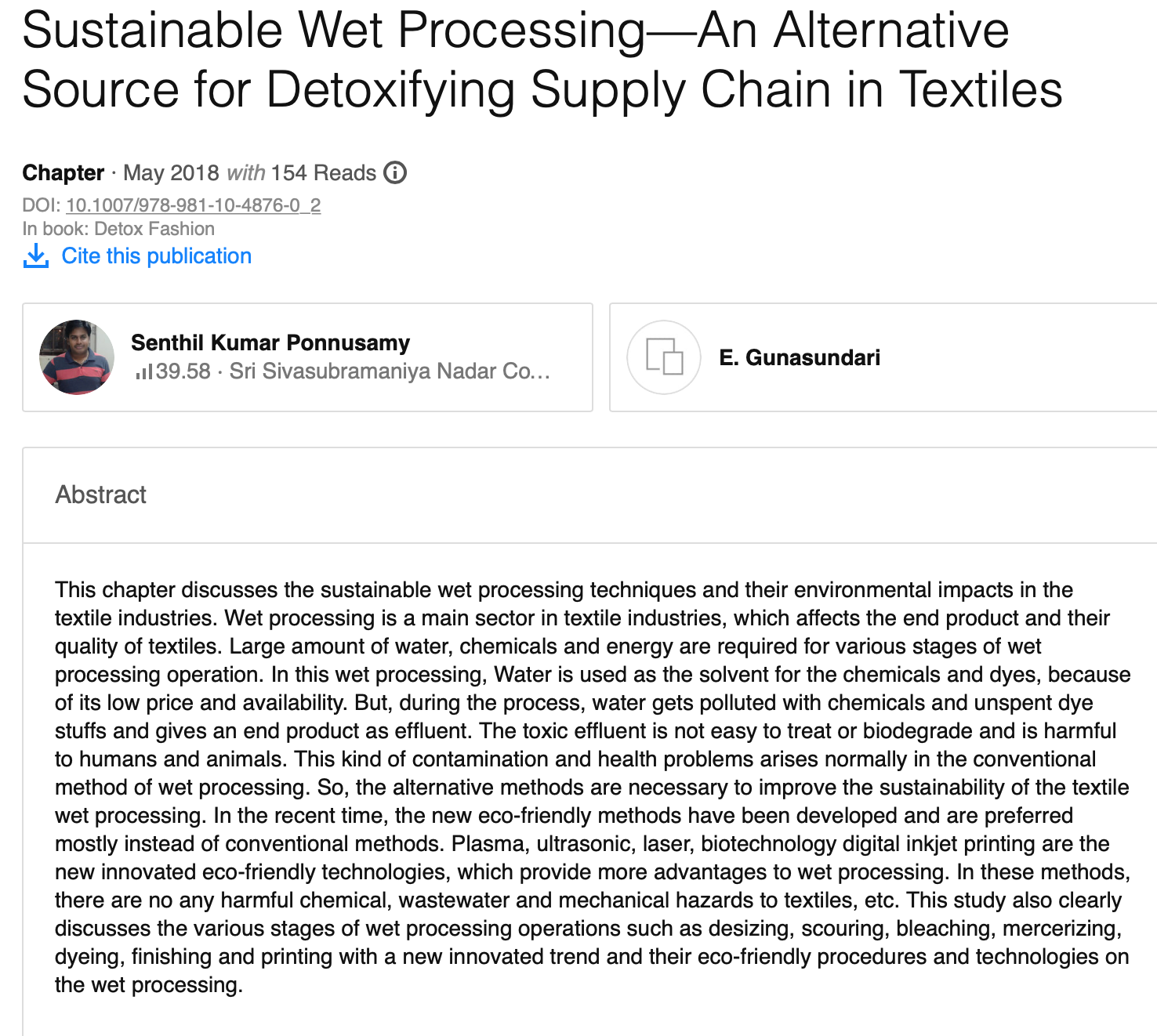
This is a chapter in the book “Detox Fashion” written in 2018. This chapter discusses sustainable wet processing techniques and their environmental impacts in the textile industries. SOURCE: ResearchGate
-
Phase 4 Textile Industry Report
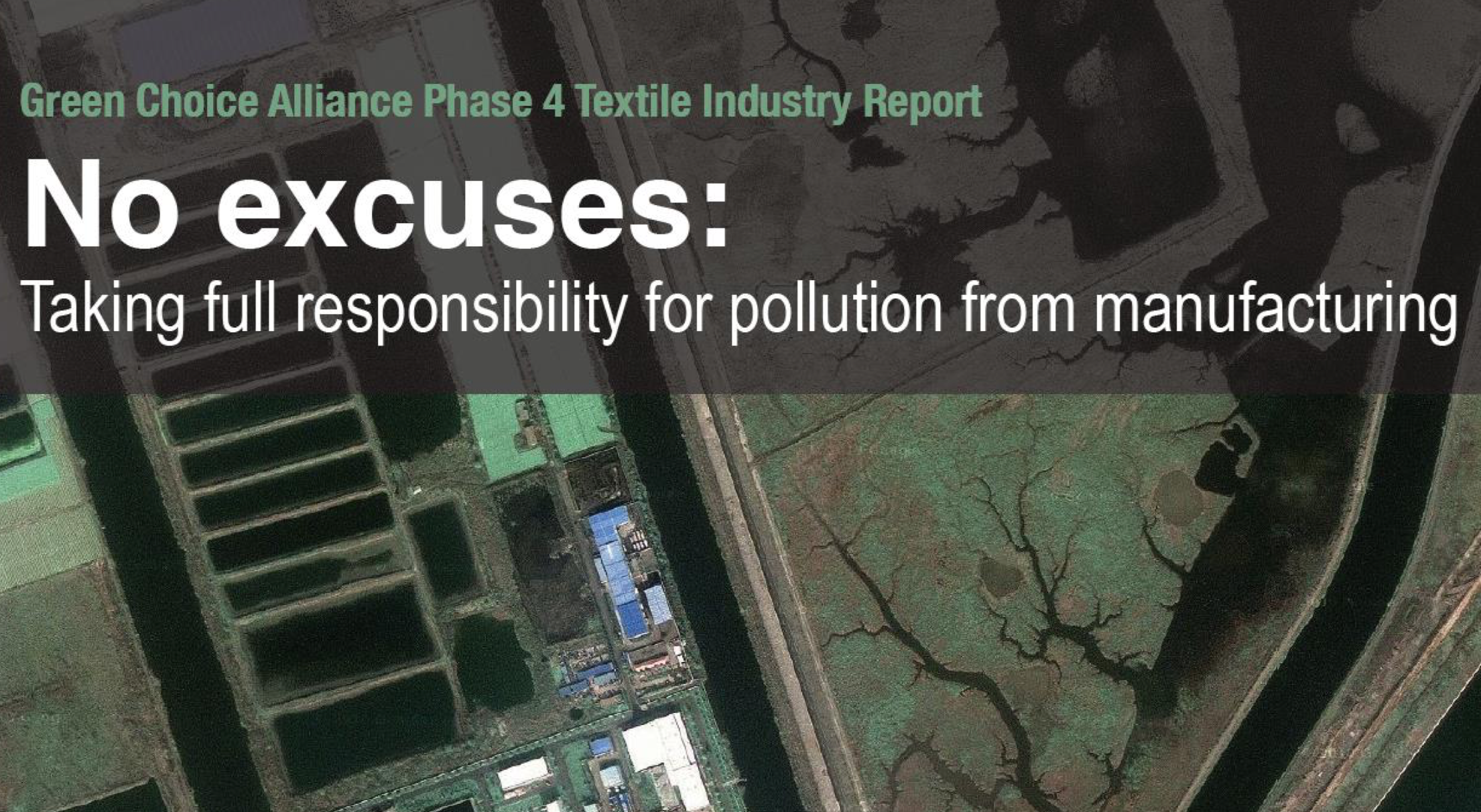
This is a report by the Institute of Public and Environmental Affairs (IPE) written in 2014 that includes discussions on the predicament regarding textile wastewater discharge, centralized treatment of said wastewater, and evaluation of textile brands. SOURCE: Institute of Public and Environmental Affairs
-
Online Water Quality Monitoring Resources

This is a page on the US Environmental Protection Agency Website that outlines resources that can be used to design and implement an Online Water Quality Monitoring System. SOURCE: US Environmental Protection Agency
-
New Methods in Textile wastewater treatment
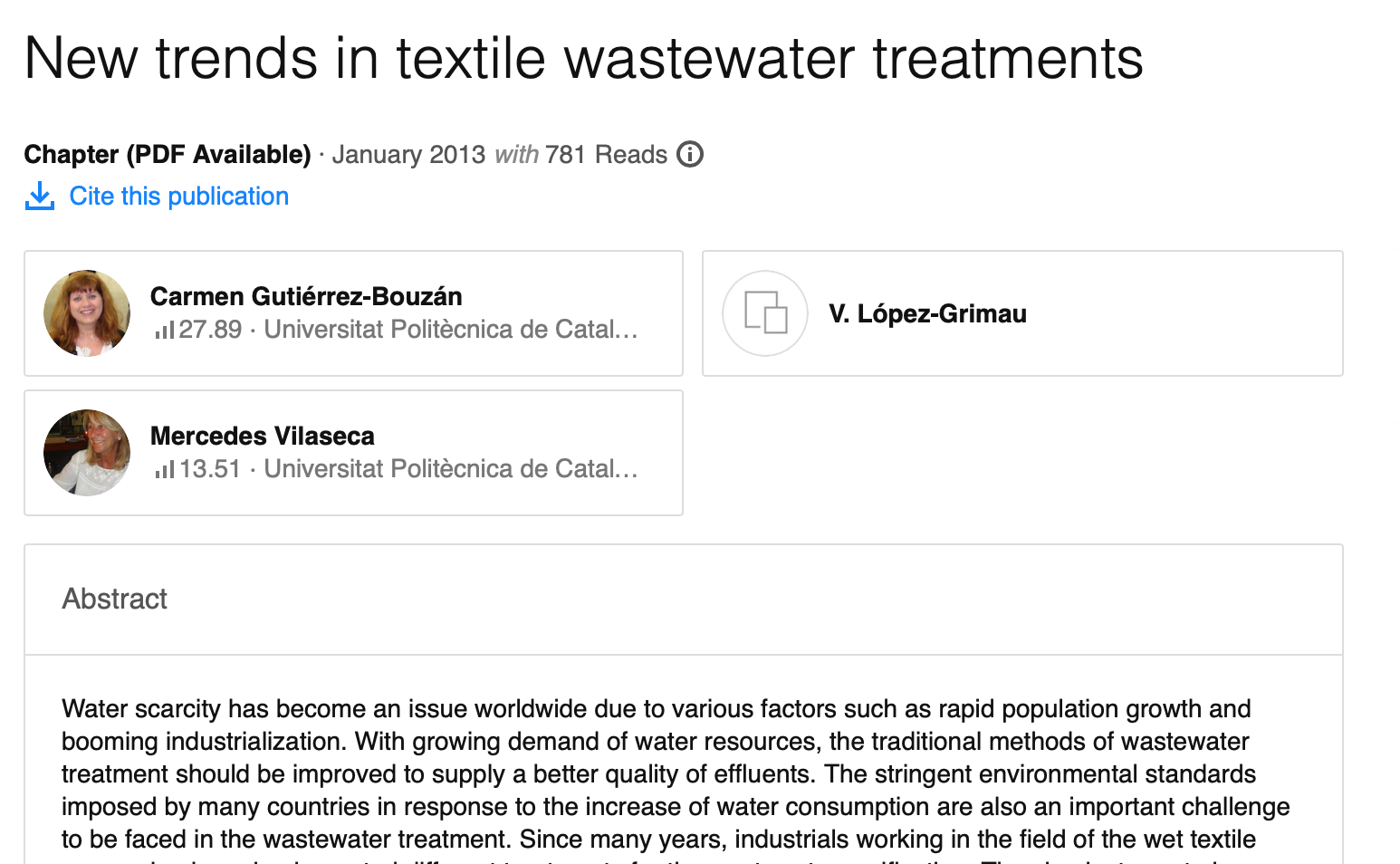
This is chapter 13 of the book “Dyeing: Processes, Techniques, and Applications” Ed. Nova Science 2013. ISBN: 978-1-62808-871-7. It includes an overview of the main technologies for textile wastewater treatment, from the conventional physico-chemical and biological treatment to the more recent membrane bioreactors. Their efficiency and feasibility are discussed as well as the possibility of […]
-
Jacobs Services

This is a website for Jacobs, an American international technical professional services firm. The company provides technical, professional and construction services, as well as scientific and specialty consulting for a broad range of clients globally including companies, organizations, and government agencies.
-
GRAMS/AI Spectroscopy Software
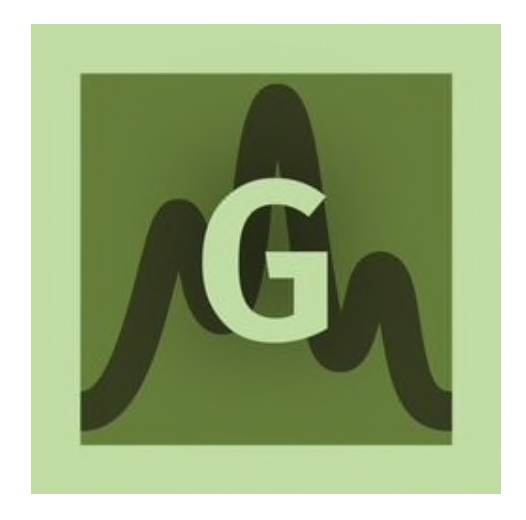
This is a software suite that provides a set of complementary, fully integrated applications that increase productivity across all areas of spectroscopic analysis. The suite’s core application eliminates the need for multiple instrument software packages by providing a single, integrated environment for data management and analysis. It streamlines data access and facilitates scientific collaboration, as […]
-
Current Technologies for Biological Treatment of Textile Wastewater
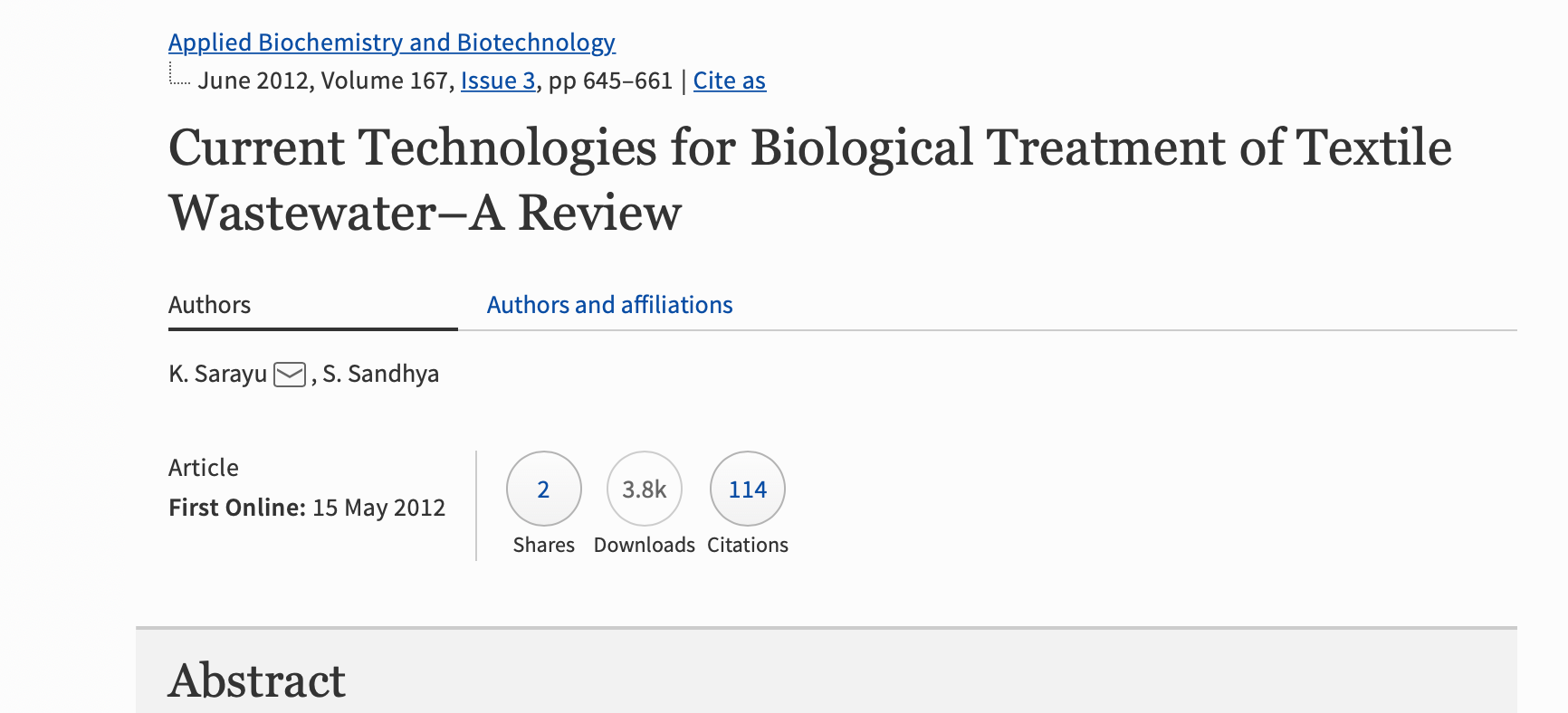
This is a paper that was written in 2012. It provides a critical review on the current technology available for decolorization and degradation of textile wastewater and also suggests effective and economically attractive alternatives. SOURCE: Applied Biochemistry and Biotechnology